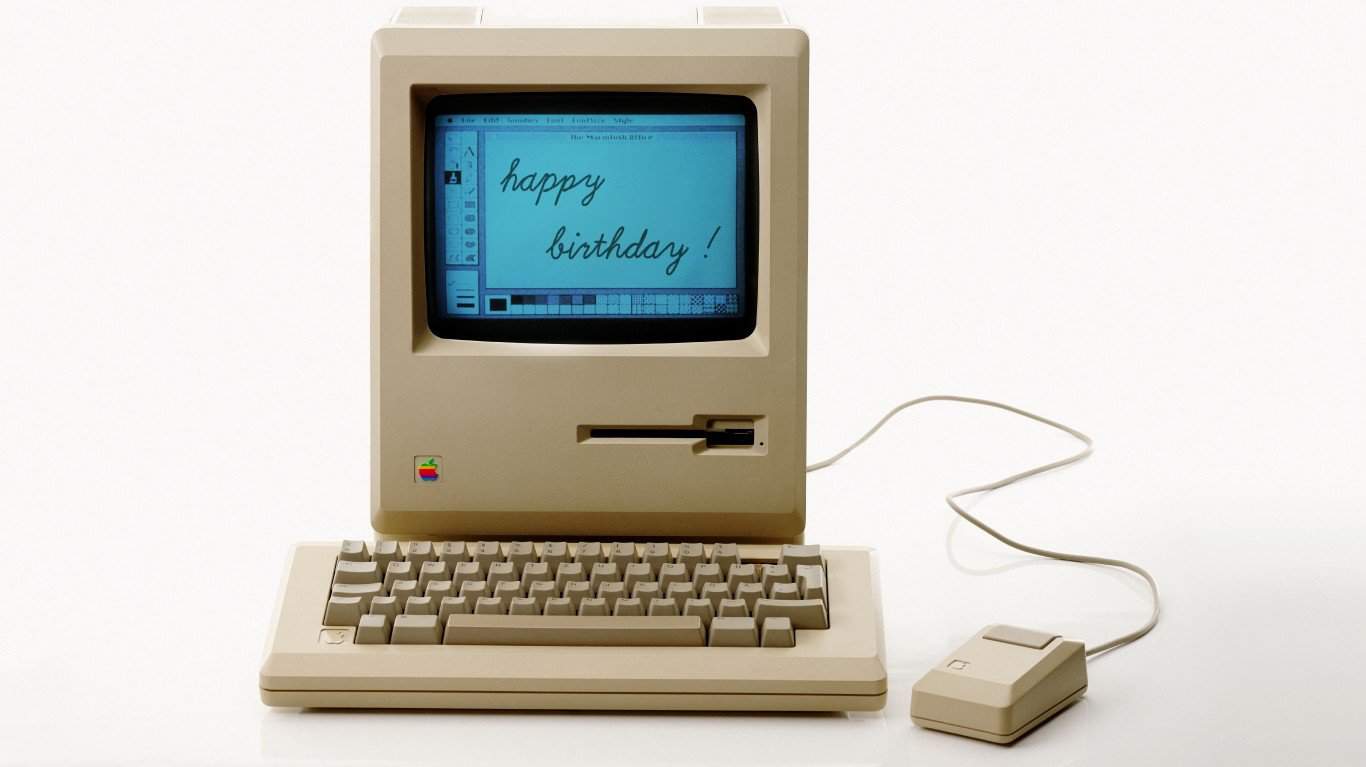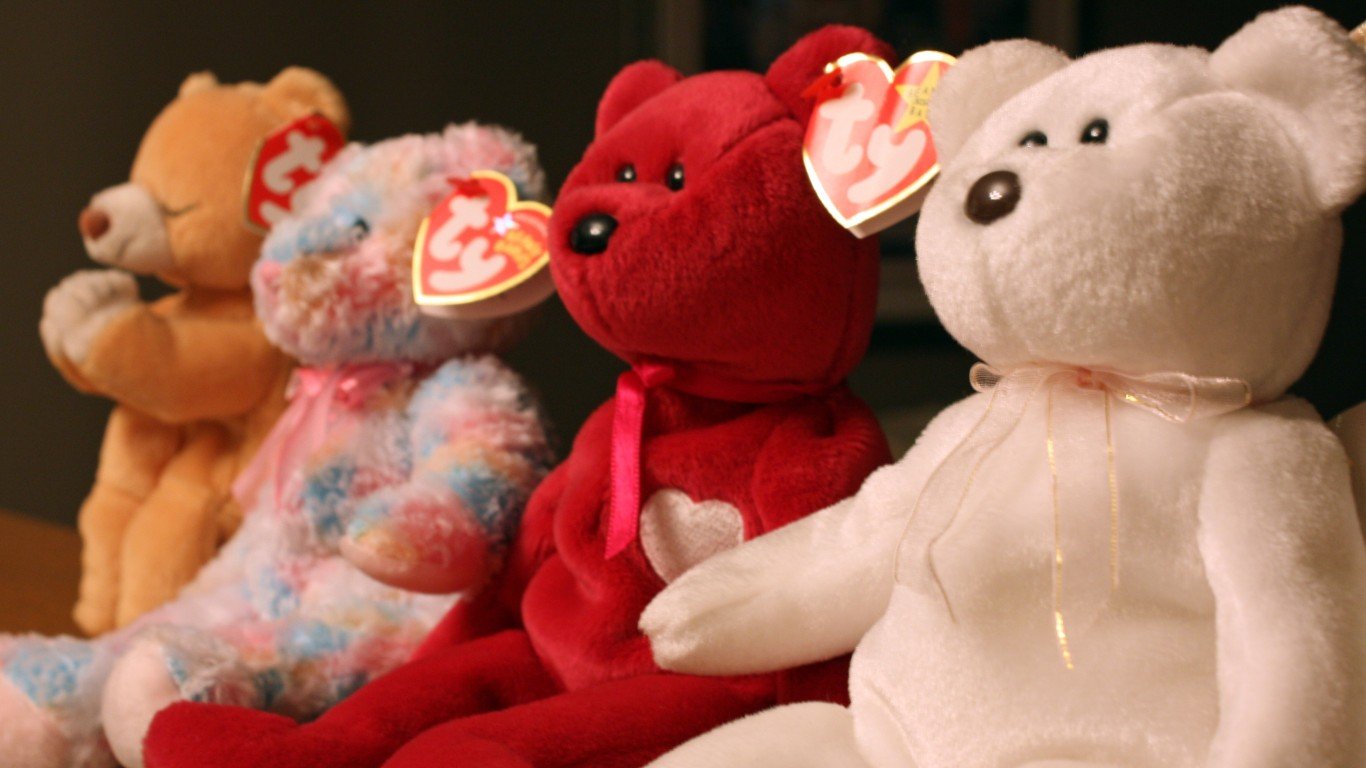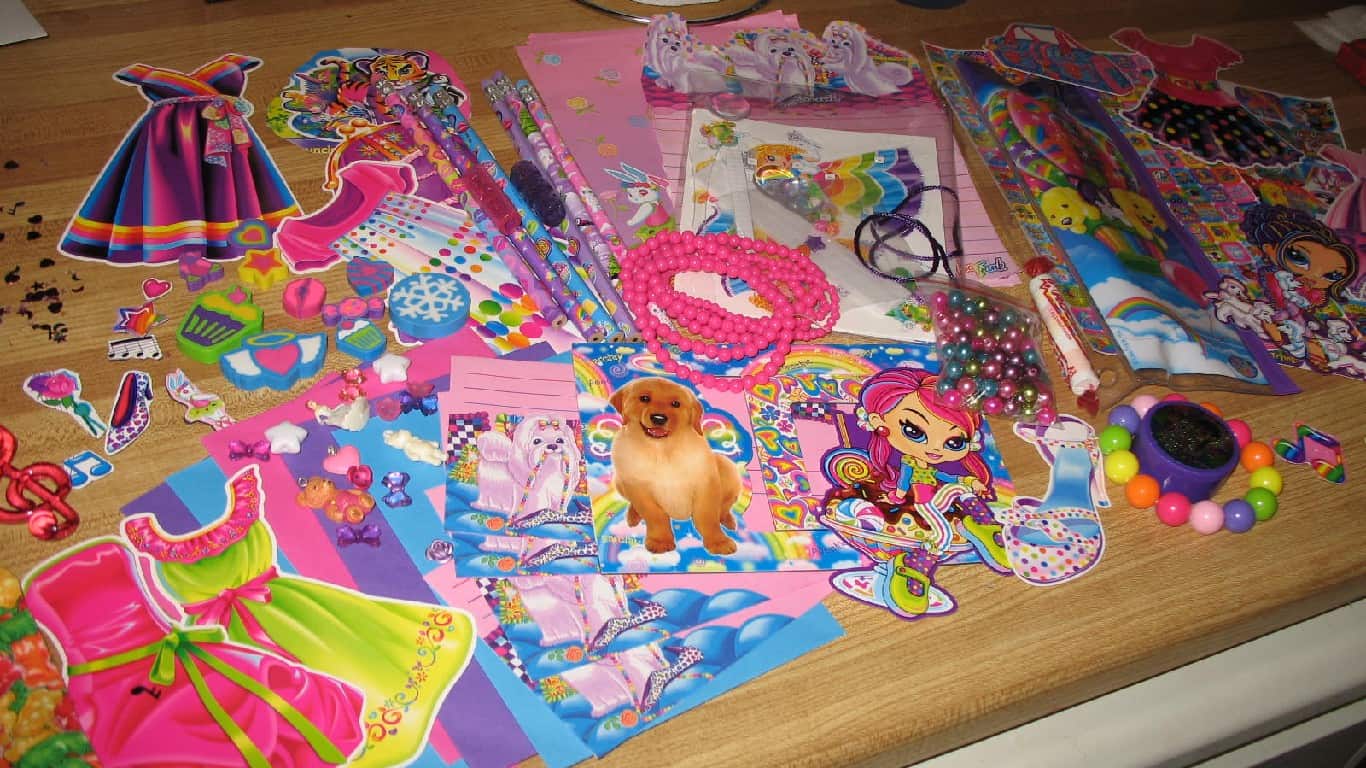Oh, the ’90s. It was a time of prosperity, peace, and evolving culture.
Sitting between the fully analog and fully digital ages, the ’90s were a unique period that saw the best of both worlds. Before the ubiquity of the internet and its influence on culture, the ’90s and everything that came with it was an era ripe for nostalgia. For that reason, let’s explore eight childhood traditions from the ’90s that should come back. (If you prefer fashion, check out 29 fashion trends only 90s kids will remember.)
To compile a list of childhood traditions from the 90s that should come back, 24/7 Tempo consulted a range of internet databases and lifestyle publications. From there, we picked a diverse range of different items and traditions that 90s kids would connect with most. After that, we consulted other publications for specific historical information.
Caring for Tamagotchis
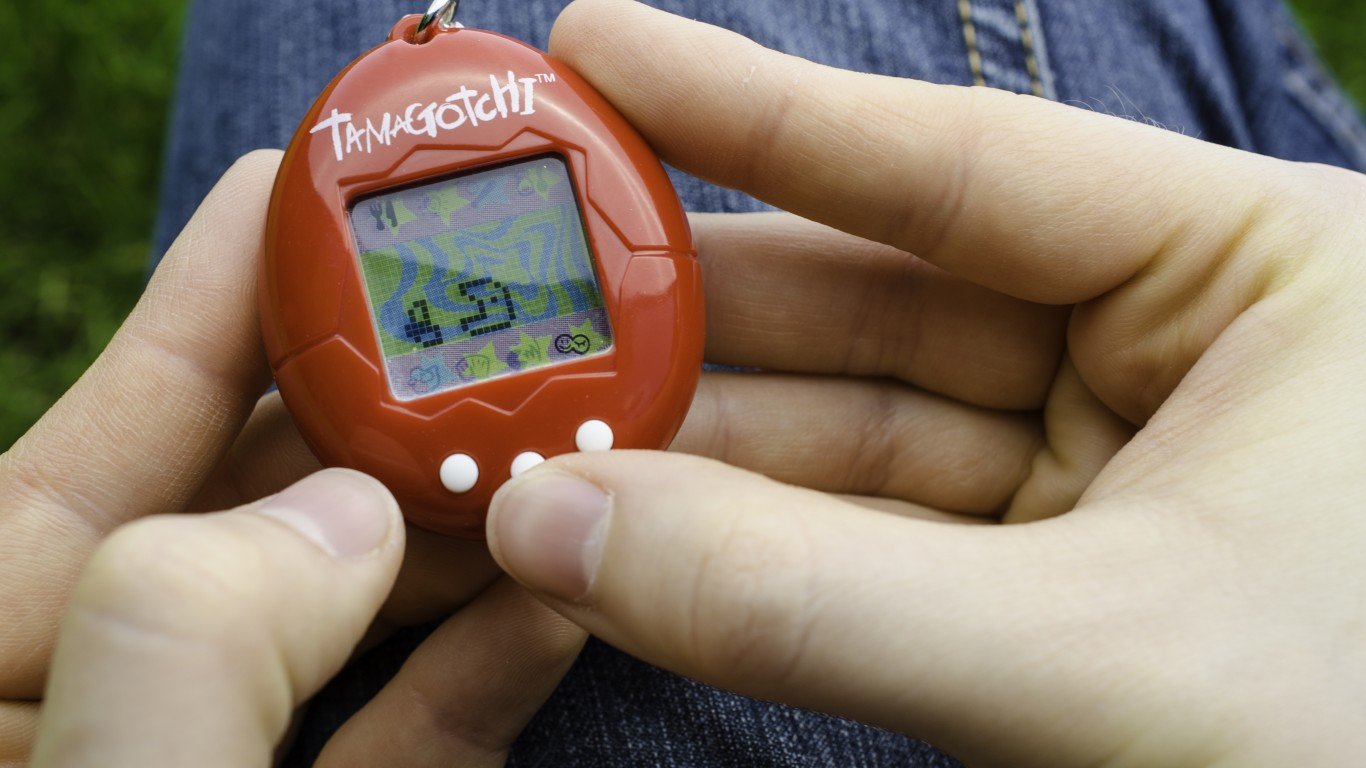
For kids in the 90s unable to get a real pet, the Tamagotchi provided the perfect salve. Created by Aki Maita and Akihiro Yokoi in 1996, Tamagotchi was a handheld digital pet, small enough to fit in your pocket or on a keychain. You could nurture the life of your little pet on its screen, feeding it, caring for it, and watching it grow.
Released in the United States in 1997, Tamagotchi quickly grew into one of the biggest toys of the 90s. Kids everywhere had them, and those that didn’t, you can be sure they were begging their parents for one. Named after a portmanteau of the Japanese words tamago (たまご), which means “egg”, and uotchi (ウオッチ) “watch,” Tamagotchi won numerous awards for its design and has sold 81 million units since being released.
In an age where endless mini-games can be played on your phone, Tamagotchi is one of those childhood traditions from the 90s that should come back. It was fun, it taught kids responsibility and even about the nature of death. It’s the type of toy that is as fun as it is educational, and would be a refreshing activity for the younger generations today.
Collecting Beanie Babies
Sure, many crazes swept the culture in the 90s, but none came close to the hysteria surrounding Beanie Babies. A line of stuffed toys created by businessman H. Ty Warner in 1993, Beanie Babies was initially slow to sell. So Warner reformulated his technique, restricting the amount sold as well as retiring certain types after some time.
Whatever he did, it worked. By 1995, they had become a hot collectible item. Then, by the late 90s, Beanie Babies were the toy to have. 90s kids will remember people in their social circle, usually adults, treating Beanie Babies as a long-term ticket to wealth. Some folks amassed ludicrous collections of stuffed animals, just hoping one or two would resell for thousands of dollars. The craze got so big that people even went to jail for counterfeiting Beanie Babies.
The popularity of Beanie Babies, unfortunately, faded with time. Be it from oversaturation or over-speculation, Beanie Babies slowly faded back into the mass of stuffed toys for sale. There was something to be said for the Beanie Babies craze, however. It was a fun time for culture, a boon for collectors, and one of the childhood traditions from the 90s that should come back.
Decorating with Lisa Frank
In the mid to late 90s, no one did maximalism quite like Lisa Frank. Her company, Lisa Frank Inc., took the world by storm with its vibrant, explosively colored designs. Utilizing an airbrush technique that typified her earlier products, the golden age of Lisa Frank’s design in the 90s was hard to ignore.
Characterized by neon, reflective colors, and animals, Lisa Frank products were everywhere, especially for girls’ school supplies. They adorned book covers, binders, backpacks, pens, and a host of other items, standing out with their eye-melting color and sense of playful style.
Though Lisa Frank products fell out of style as the world progressed into the millennium, there has been something of a resurgence in their popularity in recent years. Frankly, in a contemporary world more stylistically informed by shades of grey, the fun, playful colors of Lisa Frank products are a childhood tradition from the nineties that deserves to make a comeback. (For similar products, explore the top toys when millennials were kids.)
Playing with Furbies

If you were around in the 90s, then you remember the Furby. Created by Dave Hampton and Caleb Chung for Tiger Electronics, the Furby was one of the hot-ticket toy items of the decade. Resembling some type of hamster-owl hybrid, the Furby was the first robot pet. It spoke its own, unique language and nine others including English. It could open its mouth, close its eyes, and even simulate walking.
This may not seem like much now, but in the late 90s, the Furby was a childhood revelation. It was a true companion pet and suggested the innovations of a future yet to come. Sales reflected that too, as the toy sold over 40 million units during its first three years of production.
Though its popularity waned in the following years, the Furby is a classic of 90s nostalgia. With its characteristic look, especially the lifelike eyes, the idea of the Furby and the companion pet toy is one of those childhood traditions from the 90s that deserves a resurgence.
Reading Goosebumps

If you ever attended a scholastic book fair in the 90s, Goosebumps were impossible to ignore. Created by author R. L. Stine, Goosebumps was a series of horror novels for children. Often depicting adolescents in terrifying situations, the Goosebumps book series was one of the most popular cultural phenomena of the 90s.
It’s not an understatement to say that every kid had some and it became a collectible. R. L. Stine wrote 62 Goosebumps books between 1992 and 1997, with the series selling over 400 million copies globally. This made Goosebumps the second-best-selling book series in history behind “Harry Potter”.
Nowadays, the only equivalent is something like video-game turned movie Five Nights at Freddie’s. Goosebumps, however, was a whole universe of scary stories that kids could relate to. Some are truly horrifying stories but composed in a way that connected particularly with 90s kids. For that reason alone, Goosebumps deserves a comeback.
Using Mr. Sketch Scented Markers
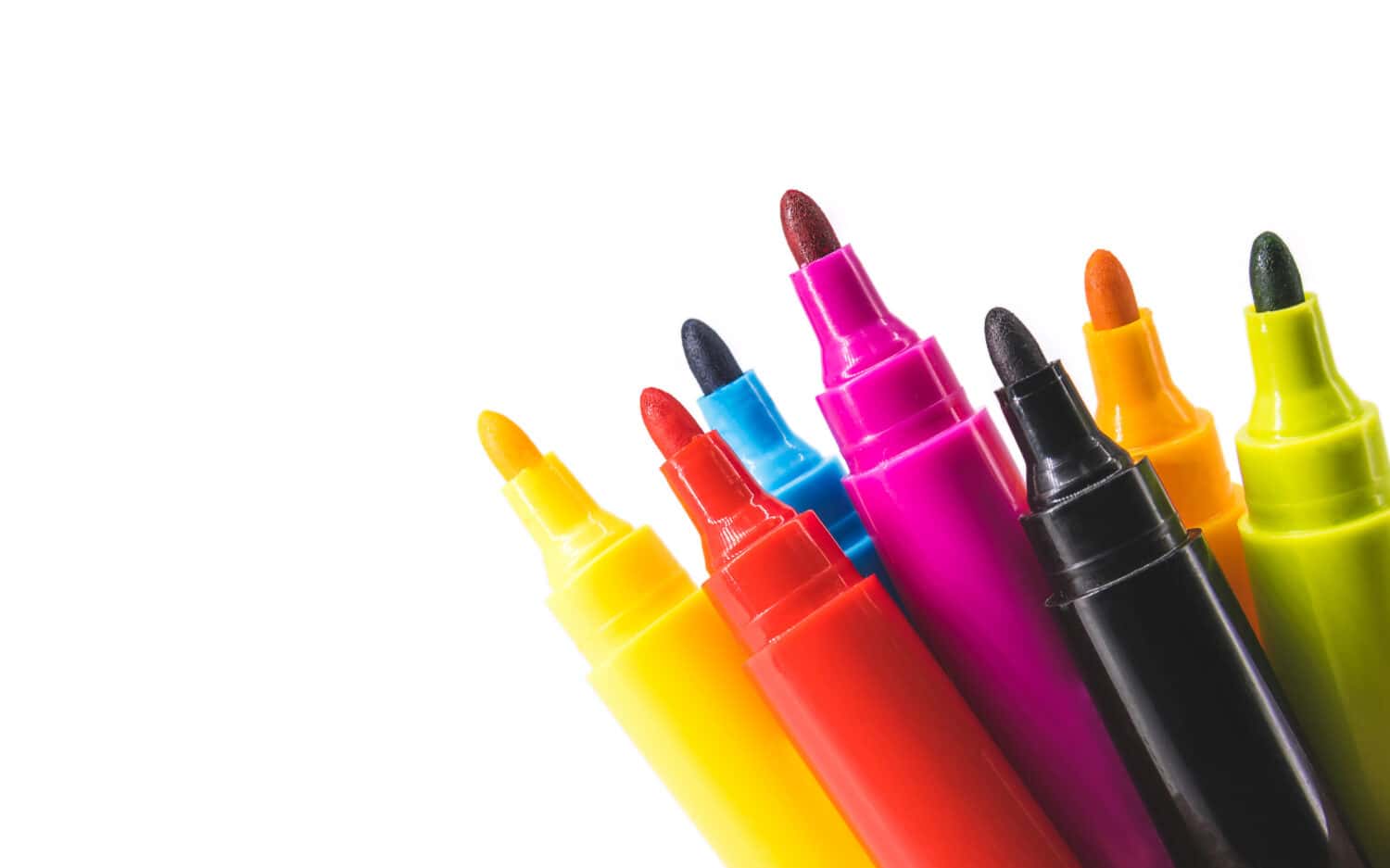
As any 90s kid can tell you, Mr. Sketch Scented Markers were the hot ticket item in classrooms. Created by Newell Brands and introduced way back in 1965, Mr. Sketch Scented Markers remained popular with kids well into the 90s. Characterized by markers featuring unique scents, the item was a fun, sensory activity for kids.
Featuring a range of colors and corresponding scents like watermelon or mint, Mr. Sketch Scented Markers were almost like a status symbol in the 90s. The cool kids had them, and everyone wanted a pack. It’s not hard to understand why either. Scented Markers are a fun, sensory activity that got kids excited about art supplies.
With screens dominating in the contemporary world, harkening back to the fun, tangible items of the 90s would be refreshing. Plus, it’s a great way for bored kids to pass the time in class. For that reason, Mr. Sketch Scented Markers are a childhood tradition from the 90s that should come back.
Trips to Blockbuster Video
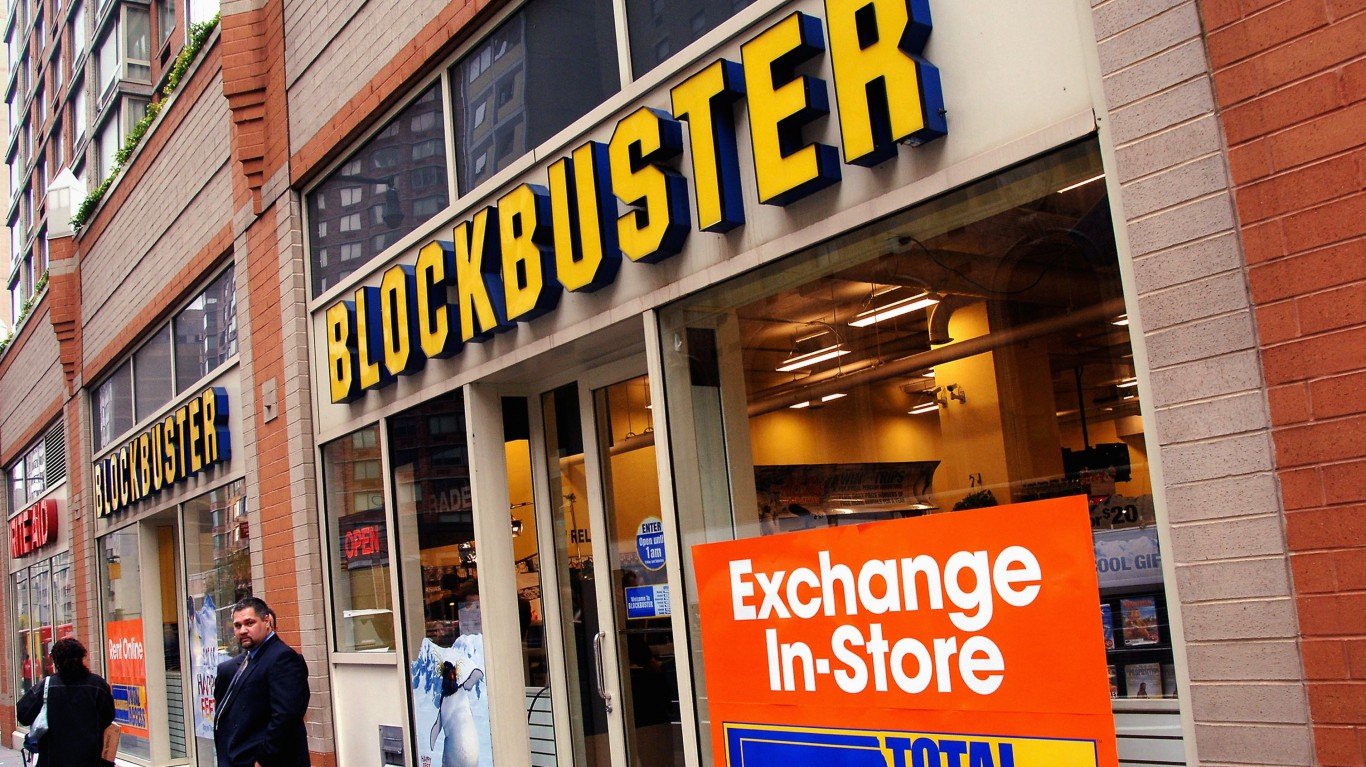
In a day and age where any movie or show is summoned up on your TV or phone magically, Blockbuster Video seems almost mythical. It was very real, however, and acted as something of a rite of passage for nineties kids being introduced to the world of cinema.
Founded by David Cook in 1985 as a stand-alone, mom-and-pop video rental store, Blockbuster steadily grew into the biggest video rental retailer on earth. At its peak, it employed over 84,000 people, operated 9,024 stores, and touched the young hearts of many a 90s kid. Back then, going to Blockbuster with your parents on a Friday night was an American institution. I can remember many an evening of reading through the back of every video in Blockbuster, pleading with my parents to let me rent an R-rated movie, and loading up on candy and popcorn.
Nowadays, people miss that type of tangible connection to media. Rental store trips have been replaced by instant streaming gratification, which frankly, leaves a lot to be desired. It’s easy now to pick a movie on your TV and get bored with it within fifteen minutes. Or worse, keep watching the same movies because the ceaseless streaming menus induce choice paralysis. With Blockbuster you had to make your rentals count, and it brought a certain joy to finding and watching movies that the modern world lacks.
Signing On to AOL

Once upon a time, there were only a few ways to surf the web quickly and easily, with the most prominent being America Online. Before the ubiquitous internet, AOL was the pinnacle of connectivity, and aspects of it are ripe for nostalgia. Be it the various installation CDs sent to your house repeatedly or the characteristic distorted modem sound that would emit when logging on, forgetting AOL is impossible.
Plus, it was the only way kids could connect. Every 90s kid had an AOL instant messenger account, and it acted as the dominant mode of communication. Before cell phones and group chats or even Myspace, there was AIM, and every ’90s kid spent hours chatting with friends and stylizing their profile in a way that reflected their personality.
Back when the internet was a Wild West, AOL acted as the interstate highway that led through it all. It was fun, (relatively) safe, and introduced 90s kids to the world all of us would come to inhabit in the ensuing decades. For its fun approach to connectivity, and its brilliant introduction to mass-messaging, AOL is a childhood tradition from the 90s that should come back. (If you’re a little older, discover the top toys when Gen-Xers were kids.)
